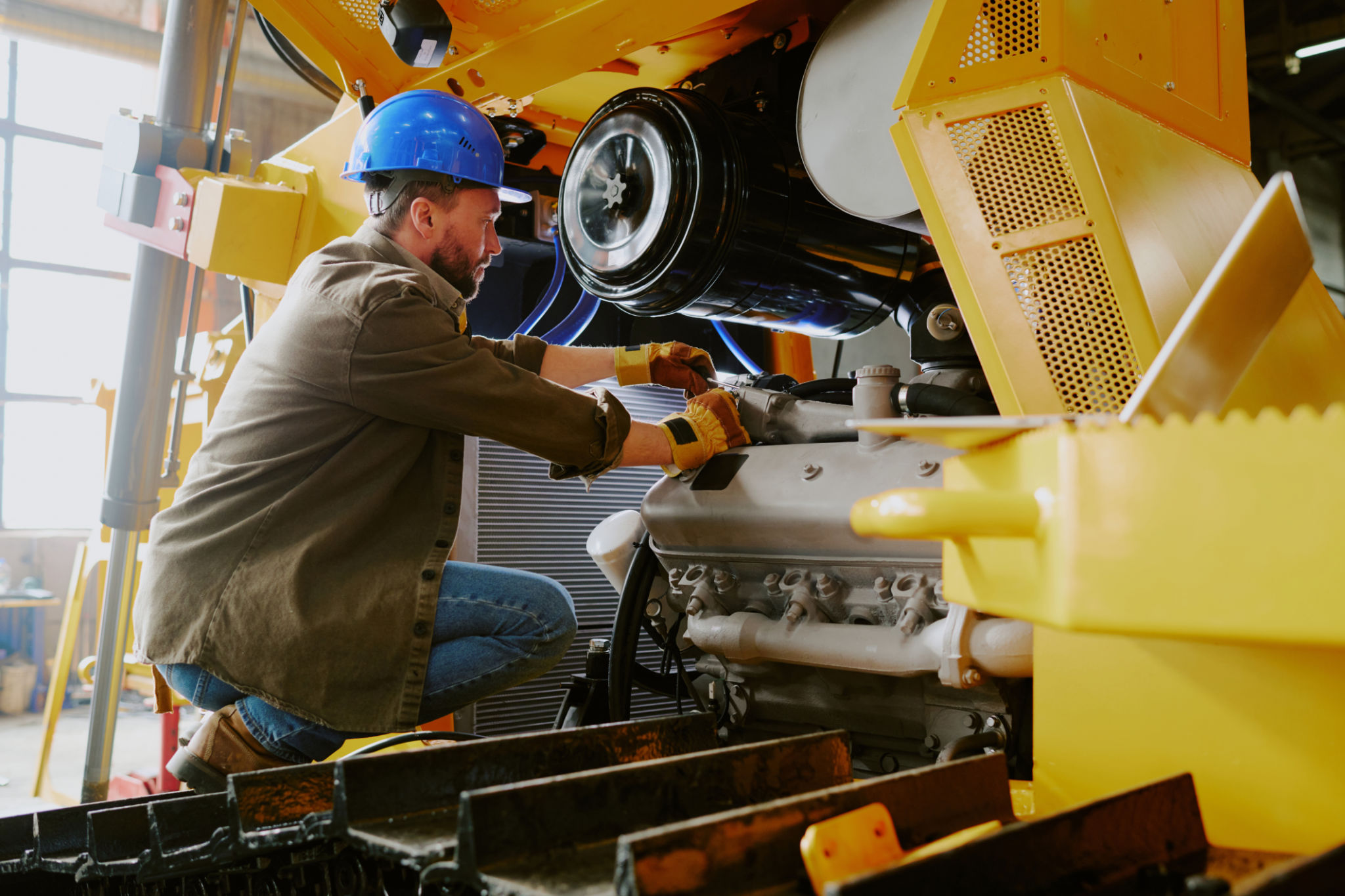Seasonal Equipment Maintenance Checklist for Hawaii County Businesses
Understanding Seasonal Equipment Maintenance
For businesses in Hawaii County, the unique climate presents specific challenges when it comes to equipment maintenance. The tropical environment, with its high humidity and salt air, can accelerate wear and tear on machinery. Therefore, a proactive maintenance checklist tailored to each season can help ensure equipment longevity and operational efficiency.
Regular maintenance not only prevents unexpected breakdowns but also optimizes performance. By keeping machines in top condition, businesses minimize downtime and reduce repair costs. This checklist will provide guidance on maintaining various types of equipment throughout the year.

Spring Maintenance Tips
Spring in Hawaii is a great time to prepare equipment for increased use during the summer months. Start by conducting a thorough inspection of all machinery to identify any potential issues that may have developed over the winter.
- Lubricate moving parts: Ensure all moving components are adequately lubricated to prevent friction and wear.
- Inspect electrical systems: Check for any corrosion or damage, particularly in areas exposed to salt air.
- Clean air filters: Replace or clean filters to ensure efficient airflow and prevent overheating.
Summer Maintenance Strategies
During the hot and humid summer months, equipment is often subject to increased strain. It's essential to keep cooling systems functioning efficiently to prevent overheating.
- Check cooling systems: Ensure radiators and cooling fans are clean and functioning properly.
- Monitor fluid levels: Regularly check oil and coolant levels to avoid engine damage.
- Inspect tires and belts: Heat can cause these components to deteriorate rapidly, so frequent checks are necessary.

Fall Maintenance Preparations
As the transition from summer to fall occurs, it's a good time to prepare equipment for the slightly cooler and wetter conditions. Focus on areas that might be affected by increased moisture.
- Check seals and gaskets: Ensure they are intact to prevent water ingress that could lead to rust or electrical issues.
- Test battery health: The summer heat can take a toll on batteries, so test them for efficiency and replace if needed.
Winter Maintenance Considerations
While Hawaii doesn't experience harsh winters, the cooler temperatures and increased rainfall can still impact equipment. It's crucial to make specific adjustments to maintain performance during this period.
- Protect against moisture: Use protective coatings or covers for machinery exposed to the elements.
- Inspect heating elements: Ensure heaters in vehicles or other equipment are working properly for operator comfort and safety.

Creating a Year-Round Maintenance Schedule
The key to effective equipment maintenance is consistency. Develop a year-round schedule that includes routine checks and services tailored to each season’s demands. Document each inspection and service performed, as maintaining detailed records helps track equipment health over time.
Incorporate training sessions for staff on recognizing early signs of wear and tear. By empowering employees with the knowledge to identify potential issues, businesses can act swiftly to address problems before they escalate.
The Benefits of Proactive Maintenance
A proactive approach to equipment maintenance offers numerous benefits. It enhances safety by reducing the risk of accidents due to equipment failure. Additionally, well-maintained machinery operates more efficiently, leading to cost savings on energy consumption.
Ultimately, a well-implemented maintenance plan supports business longevity and success. By investing in regular upkeep, businesses in Hawaii County can extend the lifespan of their equipment, ensuring reliable service and performance year-round.
